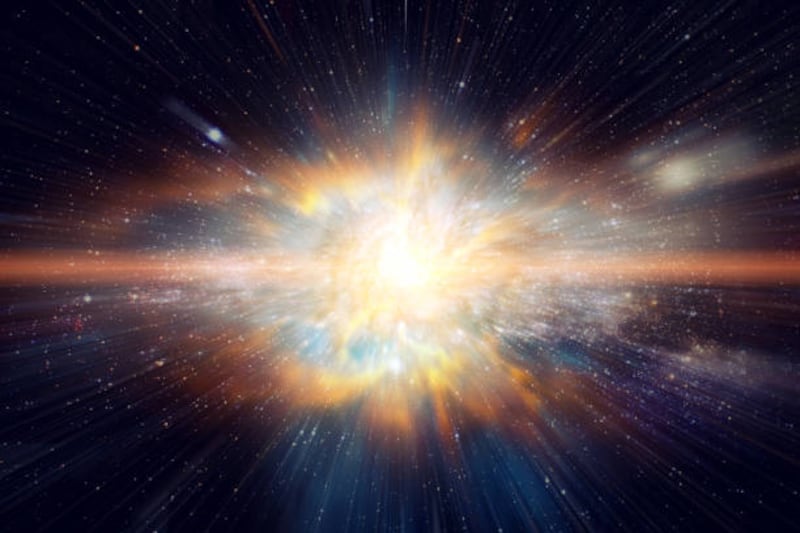A tiny stone of extraterrestrial origin discovered in the Egyptian desert more than 25 years ago continues to fascinate scientists, who believe it may offer understanding of a rare cosmic event.
The Hypatia stone was found in 1996 and it is believed that some parts of it may be older than the solar system.
A study released this week in the Icarus journal by researchers from the University of Johannesburg suggests the stone may be evidence of a kind of supernova known as Type 1a, an event that takes place only once or twice in each galaxy each century.
The Type 1a is responsible for most of the iron in the universe.
Researchers found a pattern of 15 elements in the Hypatia stone, which they say is “completely unlike anything in the solar system or the Milky Way” and could shed light on the rare events.

They pieced together a timeline going back to the formation of the Sun and the planets in the solar system.
“If this hypothesis is correct, the Hypatia stone would be the first tangible evidence on Earth of a supernova Type 1a explosion,” said Jan Kramers, a geochemist at the university.
“Perhaps equally important, it shows that an individual anomalous ‘parcel’ of dust from outer space could actually be incorporated in the solar nebula that our solar system was formed from, without being fully mixed in.
“This goes against the conventional view that dust which our solar system was formed from was thoroughly mixed.”
How did the stone fall on Earth?
Researchers have formed a hypothesis that the stone’s origin starts with a star, a red giant that collapsed into a white dwarf.
This event would have taken place inside a nebula, a dust cloud, where the white dwarf devoured a second star, causing it to explode as a supernova Type 1a.
After cooling, the gas atoms which remained of the supernova began sticking to particles of the dust cloud.
“In a sense we could say, we have ‘caught’ a supernova 1a explosion ‘in the act’, because the gas atoms from the explosion were caught in the surrounding dust cloud, which eventually formed Hypatia’s parent body,” Mr Kramers said.
After millions of years, Hyptia’s “parent body” would become a solid rock some time in the early stages of formation of the solar system.
Eventually, Hypatia’s parent rock hurtled towards Earth.
But, the heat of entry into Earth’s atmosphere, combined with the pressure of impact in the Great Sand Sea in south-western Egypt, created micro-diamonds and shattered the rock.
The Hypatia stone picked up in the desert must be one of many fragments of that impact, the researchers said.
Which elements are in the stone?
Eight of the 15 elements that researchers found in the stone were silicon, sulphur, calcium, titanium, vanadium, chromium, manganese, iron and nickel – all which were expected to be present.
However, not all of the elements in the stone fitted the predictions.
Proportions for six of them were between 10 and 100 times higher than the ranges predicted by theoretical models for these types of supernovas. These include aluminium, phosphorous, chlorine, potassium, copper and zinc.
“Rather than exploring all the incredible anomalies Hypatia presents, we wanted to explore if there is an underlying unity. We wanted to see if there is some kind of consistent chemical pattern in the stone,” Mr Kramers said.







